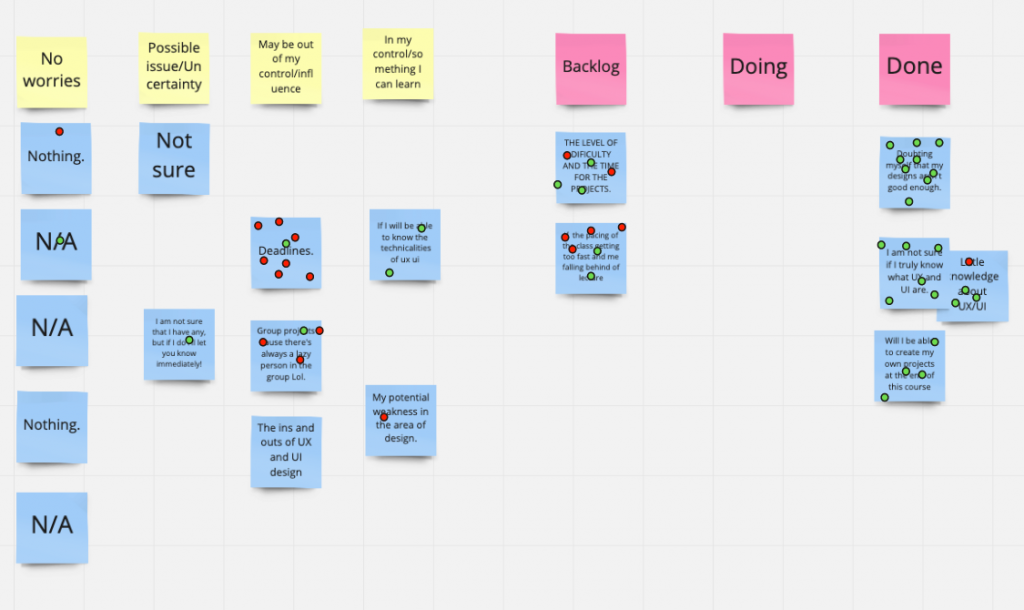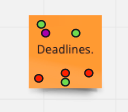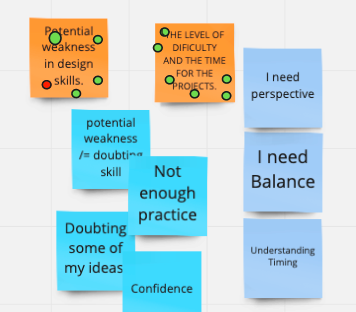I teach UX and UI Design and Web Design I and II at CUNY New York City College of Technology. I have also taught UX bootcamps and workshops at General Assembly, NYC Code and Design Academy and various technology incubators in both classroom and corporate environments.
I am available to teach workshops and tutorials for your team and at industry events. Contact me for information.
Academic CV
CUNY COMD Portfolio
Classroom Teaching
CUNY NYC College of Technology, Brooklyn, NY (2019-2023)
- COMD 2451: Web Design I Introduction to HTML and CSS
- COMD 3551: Web Design II Advanced HTML and CSS
- COMD 3562: UX & UI Design
General Assembly, UX Design Intensive, New York, NY (2019)
NYC Code and Design Academy, New York, NY (2017-2018)
Research Projects
Trust and Safety in Online Environments
Accessible Science Gateways
Archiving Theater Legacies
User Experience in Digital Libraries
Information Architecture in Wikipedia
Guest Lectures
COMD 3551: Web Design II, Communication Design, CUNY New York City College of Technology, Brooklyn, NY. Fall 2022.
COMD 3563: Web Traffic & Analytics, Communication Design, CUNY New York City College of Technology, Brooklyn, NY. Fall 2022.
Service Design Workshop. MPA Capstone Course, colin Powell School of Public Administration, CUNY City College, New York, NY. Spring 2019
Women in Entrepreneurship. Columbia University, New York, NY. Fall 2018
UX Career Panel. User Experience Design Immersive, General Assembly, New York, NY. Summer 2018
Mentoring Women in STEM. Union County College, Union, NJ. Spring 2016
Digital Infrastructure: From Storage to Content Management Solutions. Pratt Institute, New York, NY. Fall 2013
Community Information Technology Initiative. Municipal Art Society/Bushwick High School, New York, NY. Fall 2004
Real Estate Market Data Sources on the Internet. New York University, New York, NY. 1996-1998
Internet Resources for Real Estate. The Appraisal Institute, Long Island, NY. Fall 1996
Web Design. Little Wound Middle School, Pine Ridge, SD. Fall 1996
Web Design. North Middle School, Rapid City, SD. Fall 1996
Internet Real Estate Resources for Asset Management. Prudential Realty Group, Newark, NJ. 1995
Incubators and Hackathon Programs
Columbia Venture Community Project 2.8 (2022)
Essteem Equalithon (2018-2023)
Impact Hub NYC (2017, 2018, 2022)
Open Camps (2016)
Startup Leadership Program (2017, 2018, 2020)
Technology Transfer Days (20
Conference Workshops and Tutorials
IAC: The Information Architecture Conference (2021, 2023)
UX-LX: User Experience Lisbon (2023)
Science Gateways Community Institute (2016, 2019, 2021)
OWASP Foundation (2015)





